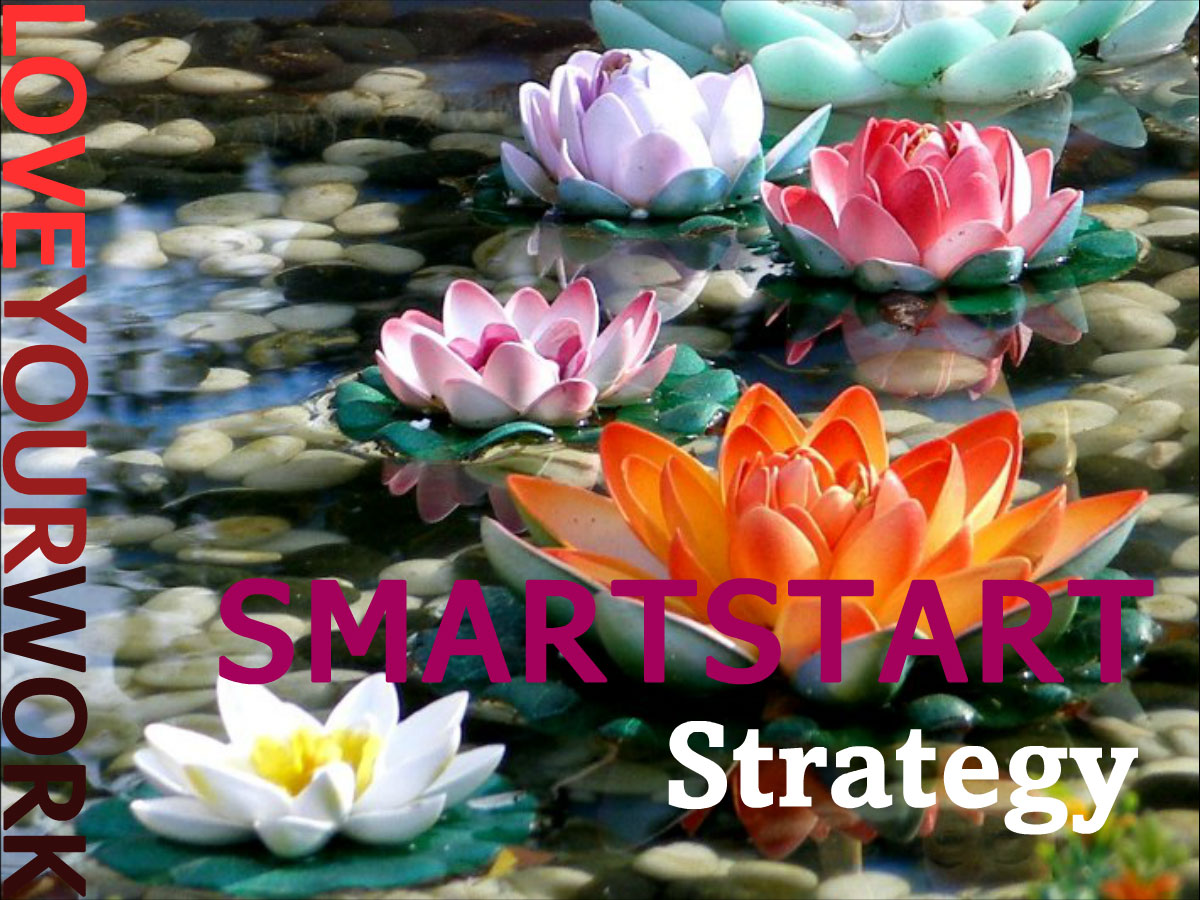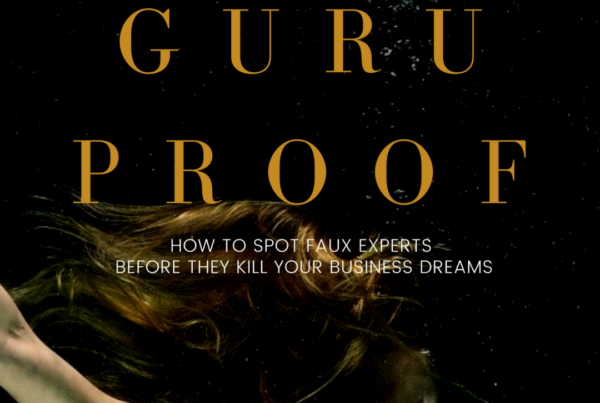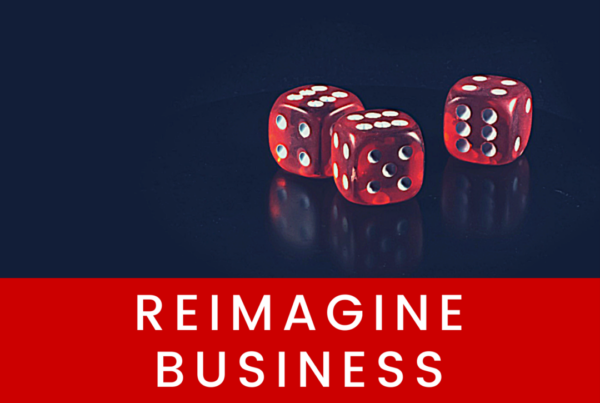
You’ve got to think about big things while you’re doing small things, so that all the small things go in the right direction. — Alvin Toffler
I understand your excitement over the possibilities that lay ahead for your business. And I share your enthusiasm for wanting to dive in and immediately start creating all the wonderful products and services you plan to sell to begin creating sustainable income for yourself.
But, there’s something important we both need to do first.
Because it makes a big difference to our chances of success if we take the time to reflect on what the means to the end will be before we spend time and money jumping into an existing competitive market.
Michael E. Porter has said,
“The essence of any strategy is choosing what not to do.“
Can you see how important this is to your future — especially when you have limited financial and other resources at your disposal to put at risk?
While you ultimately need to select strategies to use for multiple aspects of your business, e.g., customer acquisition, pricing, business development, social media, marketing and so on — and we will be discussing these individually in the coming months — it’s best to start off by thinking strategically at the highest or overall level of your business. Typically, the decisions you make at this stage influence every other strategy you’ll choose down the line.
An analogy
Think of building your business as if you are a composer creating a musical masterpiece to share on the world stage. Is your genre going to be classical, rock, jazz or something else?
Although you could be producing a musical score for one, a few, or possibly many musicians to follow, it’s the style of music you’ve decided to create that determines what won’t be heard from the stage when your masterpiece is shared with the audience.
Essentially, that’s how your overall business strategy works too — it’s the first decision you make from which all other decisions follow. This high level strategy is the means (long-term plan) by which you’ll achieve your desired ends (business objectives).
Let’s get started making the key decisions about your general strategy! (Later on in the business building process, we’ll look at a variety of competitive strategies you can consider to support your choice. )
An exercise
Imagine what your business looks like 3-5 years* from today.
Considering the 3 options shown below, which approach can you best see yourself taking to get it to that state?
- Growth — I built my business by developing new products and services and acquiring or creating new assets and/or new businesses.
- Reach — I built my business by developing strategic alliances and participating in communities built by others to create a wider platform.
- Focus — I built my business by concentrating all resources and energy on the one thing I do and know best.
Whichever option you choose, it can now be used to help you determine the specific tactics and actions you’ll be undertaking to implement your overall business strategy. And, whenever you start to feel yourself drifting off course, simply re-orient by returning to your chosen strategy: growth, reach or focus.
*For future reference:
- a short-term strategy is anything you’ll be able to do in 1 year or less
- a medium-term strategy covers activities that require more than 1 year but less than 3 to implement
- a long-term strategy is anything that takes you 3 years or more to achieve
- an interim strategy is what you’ll do temporarily until you can implement your preferred strategy and
- a contingency strategy is what you’ll move to if your preferred strategy doesn’t work



